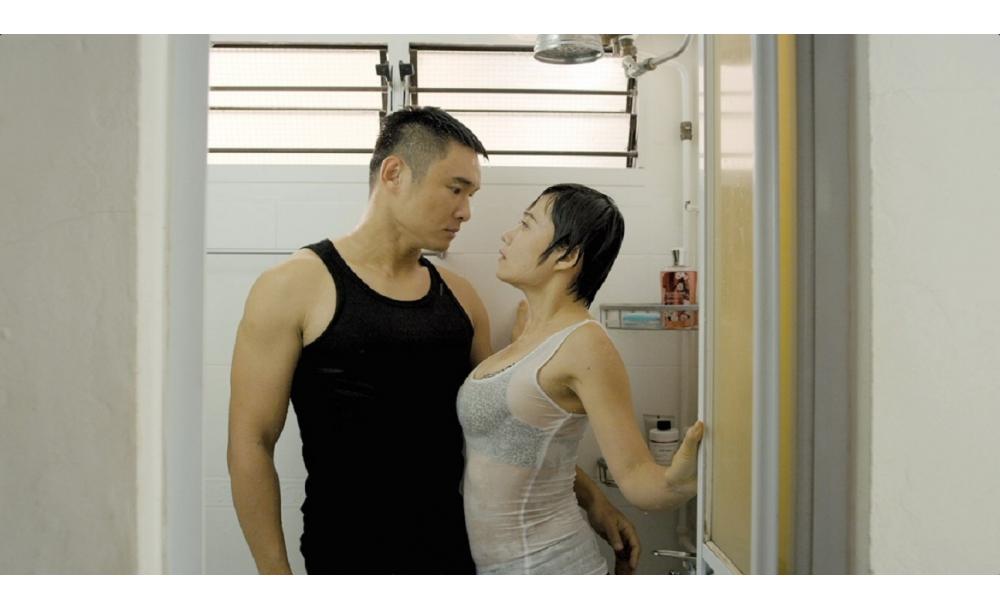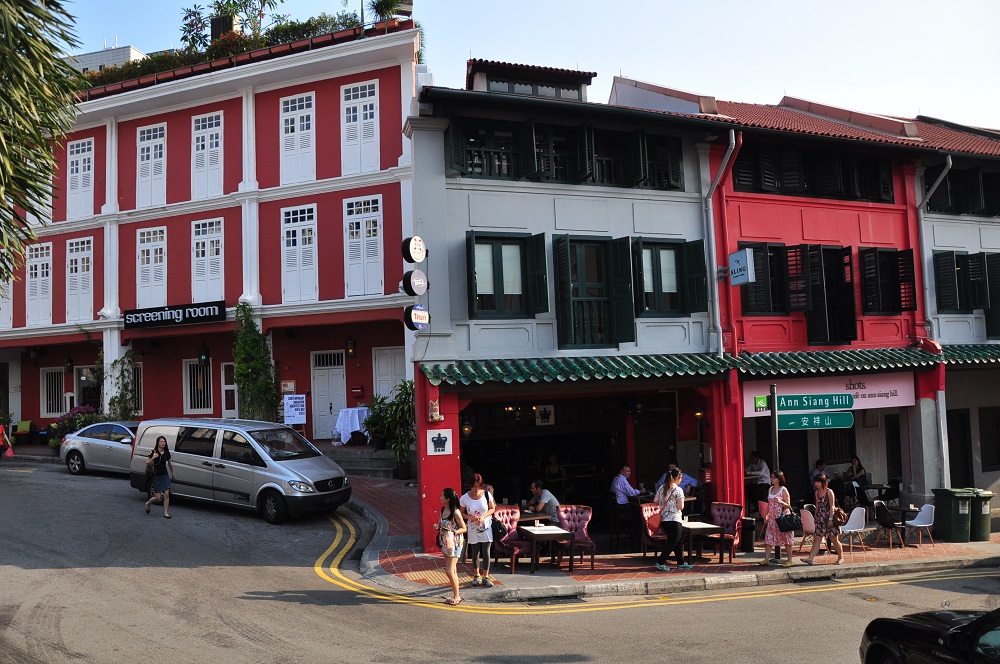You can live in a city your whole life, and still never fully discover all the nooks and crannies. It’s a wonderful cliche that applies even to us Singaporeans, stuck here on a tiny island that can sometimes start to seem repetitive and stifling. But you just need to know where to look—and the next time you do, maybe try Balestier. The kitschy little neighbourhood known for its ostentatious lighting shops hides more than you’d think, breathing new life in a refreshed heritage trail by the National Heritage Board.
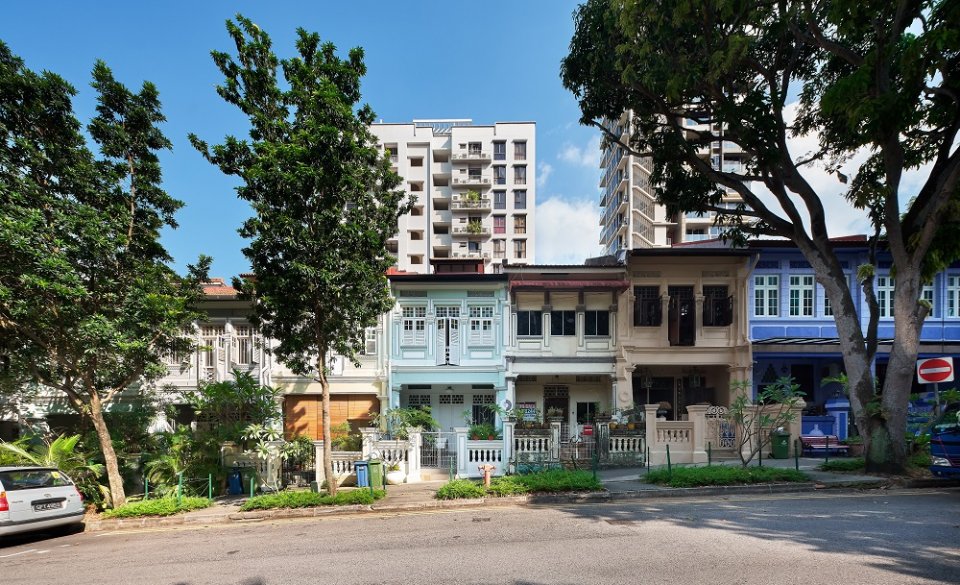
Pre-war terrace houses at Martaban Road (1988). Image courtesy of NHB
The Balestier story is multi-layered, from its origins as a plantation in the 1840s to its eventual development into a residential neighbourhood complete with shophouses, entertainment, and religious institutions. But above all, it’s home to a rich history of medicine and care, with well-preserved remnants of its involvement in WWII still standing today. Balestier once housed Tan Tock Seng Hospital (TTSH), providing medical care for tuberculosis patients in the 1950s.
For a quick primer to the heritage area, we mapped out the must-sees for a day of exploring.
Balestier Market

Balestier Market (1983). Ministry of Information and the Arts Collection, courtesy of National Archives of Singapore
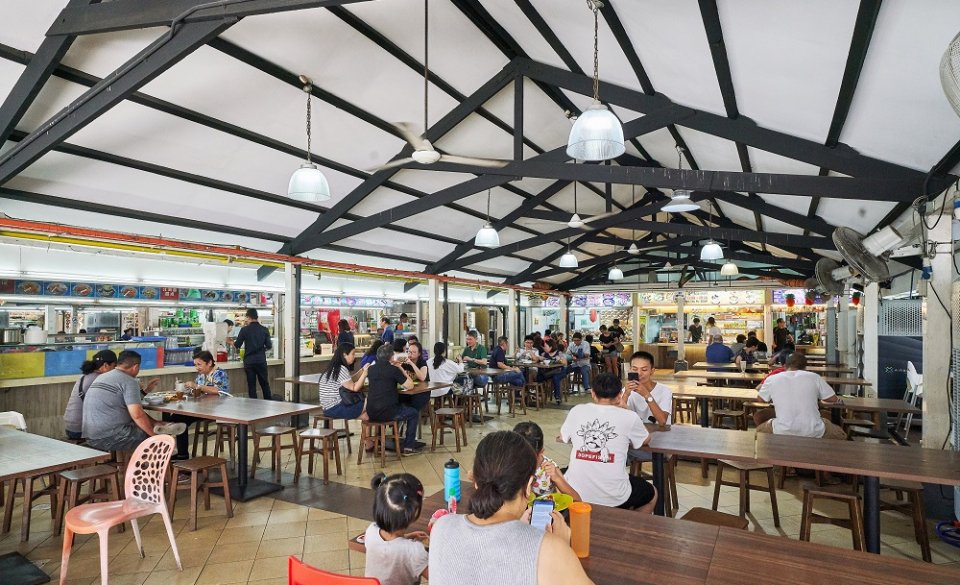
Start your trail at the Balestier Market, where you can pick up a drink before you go on your urban adventure. Built in 1922, it is Singapore’s only surviving rural market building. Because Balestier is on a low-lying plane, there are many small stairs built in front of stores—not actually for function, but to escape floods during heavy rain; Balestier Market is raised for the same reason. Though the popular supper haunt was once a wet market (it was converted into a food centre in 2003), much of the architecture and interior remains the same today.
Tan Tock Seng Hospital pavilion wards
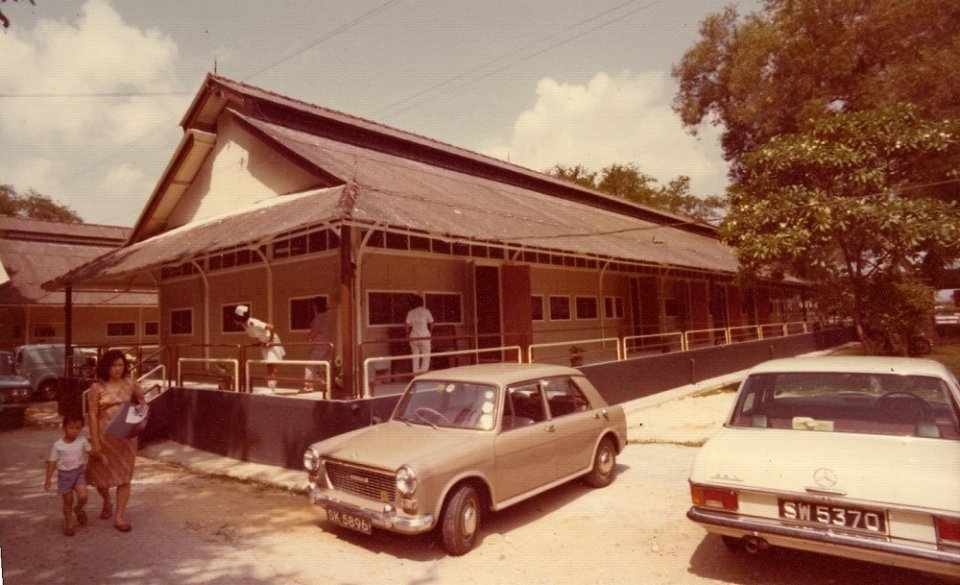
Tan Tock Seng Hospital’s pavilion wards (undated). Courtesy of Tan Tock Seng Hospital
Go out through the back of the market on the left and head up a small hill cutting through a carpark; the hospital was built on higher ground as medical facilities need to be on dry land. Soon you’ll arrive at the old TTSH pavilion wards, now vacated and owned by the Singapore Land Authority. Built to house patients after the hospital relocated here in 1909, the single-storey facility was also called Nightingale Wards, after British nurse Florence Nightingale. They were built (on her recommendation) with maximum ventilation and natural light in mind, to aid speedy recoveries. Directly facing the wards are private black and white colonial houses that once housed the hospital’s senior doctors.
Chan Chor Min Tong
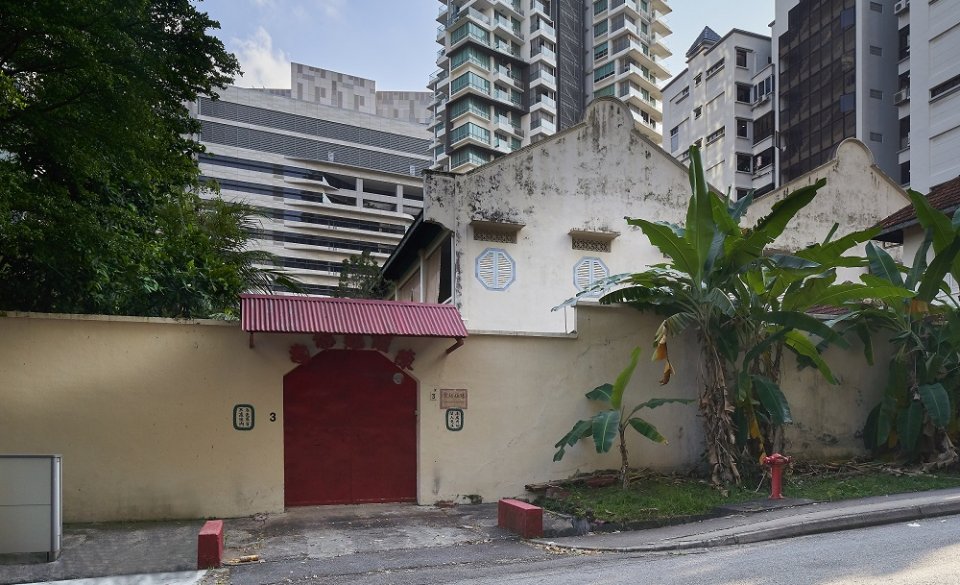
Chan Chor Min Tong at Bassein Road (2018). Image courtesy of NHB
Once you’ve walked the entire length of the pavilion wards, walk out the other side and down the road to your next stop: a former Buddhist vegetarian hall. In the past, vegetarian halls, with their iconic hexagonal windows, provided a home for Buddhist devotees without kin. With separate halls for women and men, Chan Chor Min Tong specifically housed female devotees (the men’s hall is a little further down the road at Jalan Kemaman). Though no longer in operation, both places are maintained as religious halls today.
Former Nurses’ Quarters
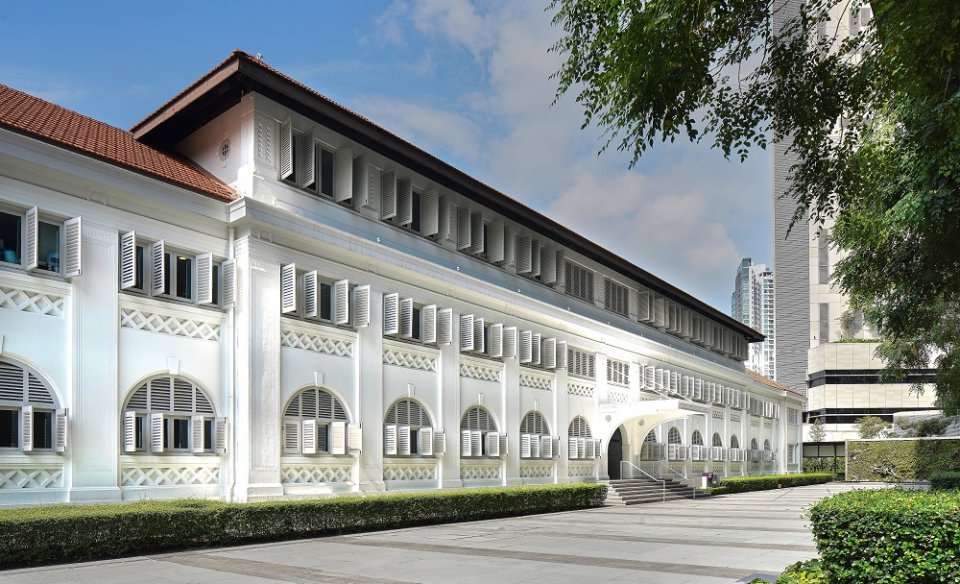
Former Nurses’ Quarters, now Lee Kong Chian School of Medicine. Image courtesy of NHB
Round the corner on your right, and head uphill in the direction of the shiny new Lee Kong Chian (LKC) School of Medicine Clinical Science Building. Hidden behind it is a beautifully preserved neoclassical building built in 1924—a former hostel to generations of medical students, including current Malaysian Prime Minister Mahathir. Take your time to giggle and guess where the elderly PM might have once burned the midnight oil (PMs; they’re just like us). It’s also worth marveling how the building has maintained its healthcare heritage all these years—the hostel was later turned into a nurses’ quarters, and eventually home to the current LKC School of Medicine Headquarters.
Martaban Road (part of old TTSH grounds)
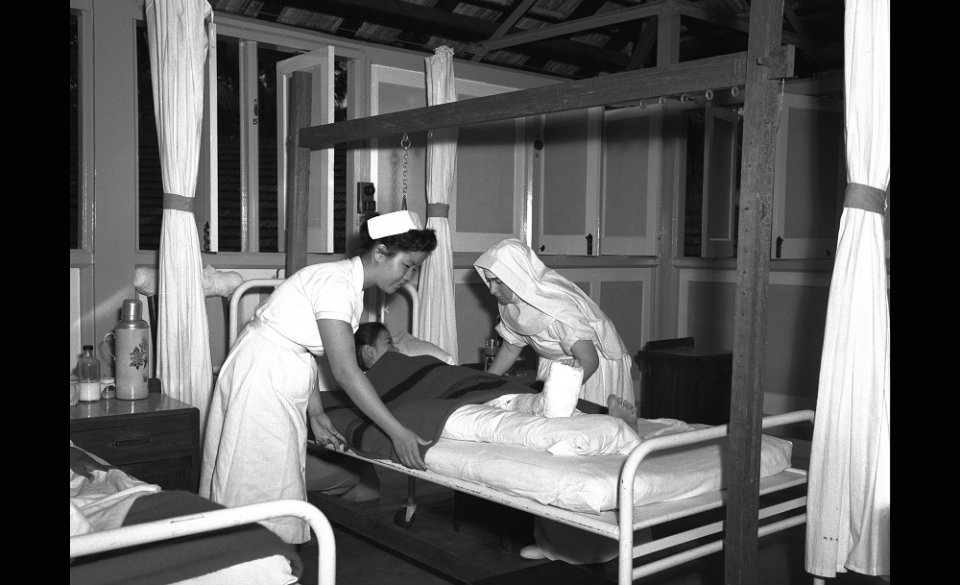
Mandalay Road Hospital (1959). Ministry of Information and the Arts Collection, courtesy of National Archives of Singapore
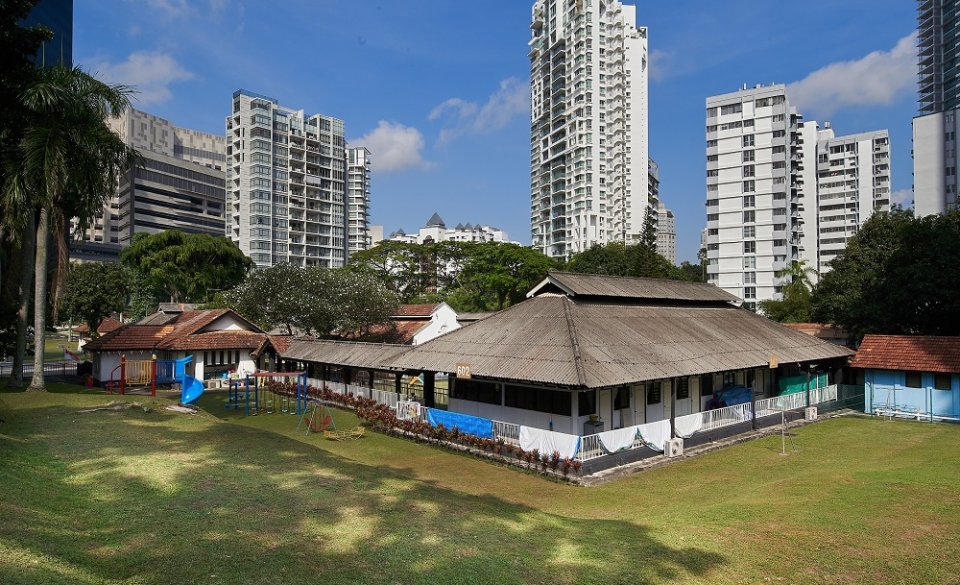
Mandalay Road Hospital (2018). Image courtesy of NHB
If you go back the way you came from and take a right, you’ll end up at Martaban Road, an entire road once colloquially referred to as one housing infectious diseases. On your left is the former Mandalay Road Hospital, now a kindergarten, which used to treat TTSH’s tuberculosis patients in the ‘50s; on the right, the former Middleton Hospital, now the Communicable Disease Centre, which treated patients with cholera and other inflectional diseases. Not a fun road to be caught on back in the day.
School Dental Clinic
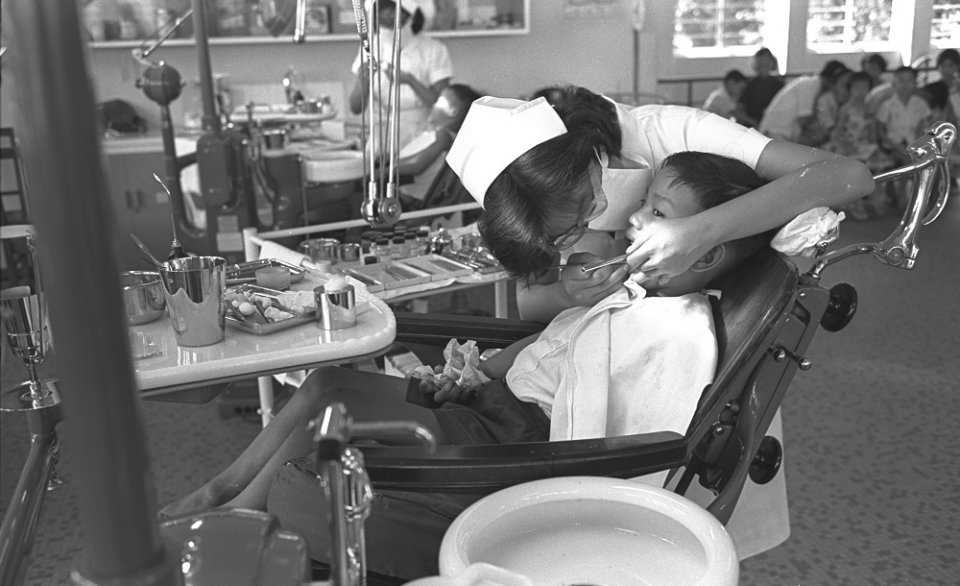
School Dental Clinic (1964). Ministry of Information and the Arts Collection, courtesy of National Archives of Singapore
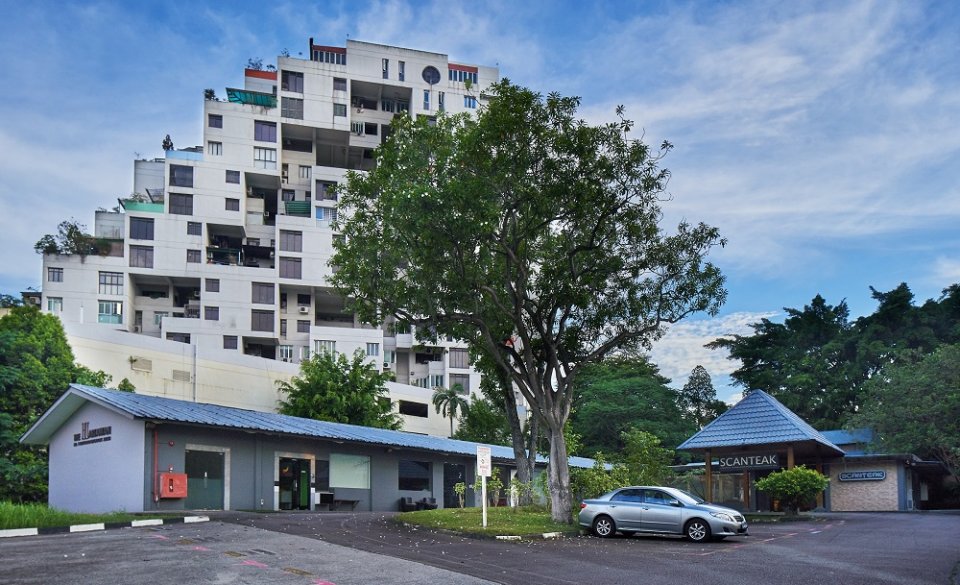
School Dental Clinic building (2018). Image courtesy of NHB
Continuing along the same road, be treated to the quaint sight of conserved, elegant pre-war terrace houses (or shophouses), built in the ‘20s. No. 13 used to house orderlies from the hospital. Once you emerge onto the main road, a fork in the right leads you to a single-storey building—don’t turn away in confusion at the Scanteak signboard that now hangs at the entrance; the building was once the School Dental Clinic, which offered dental treatment to schoolkids from 1963 until the mid-1990s. Just imagine the chaos of screaming kids in the carpark.
Balestier Road
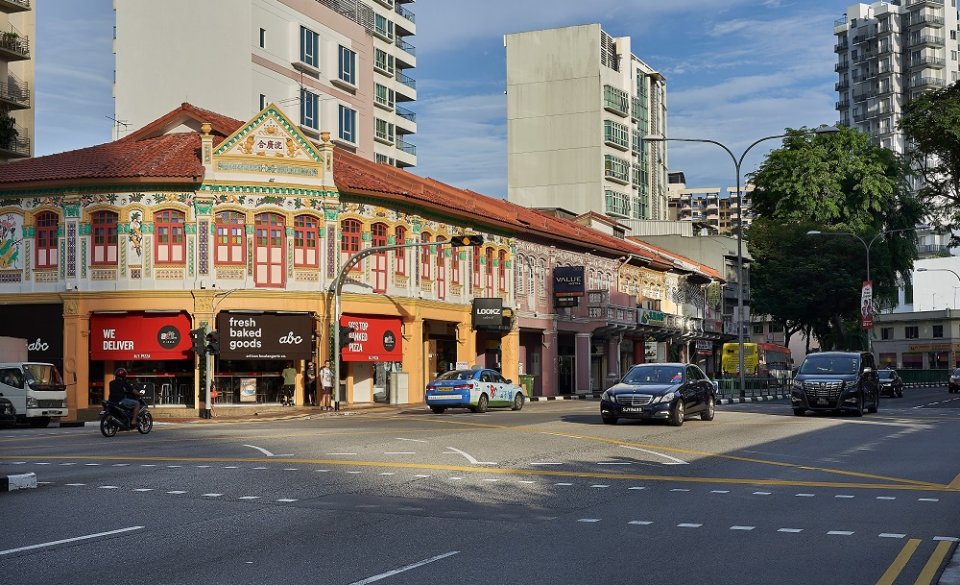
Sim Kwong Ho shophouses (2018). Image courtesy of NHB
Finally, end your tour with a leisurely stroll along the main road. The Sim Kwong Ho shophouses on the left are hard to miss, with their ornate Chinese Baroque design; the construction was funded by a female developer named Madam Sim Cheong Neo—a feat for the time. When you end up at the famous Goh Chor Tua Pek Kong Temple, take a shot at the modern fortune vending machine on site, or head next door for a durian break at Combat Durian, which has sold durians in the Balestier neighbourhood for 50 years.
Alternatively, you can stop by the Sun Yat Sen Nanyang Memorial Hall and pick up a guide to the area. Now expanded to include the neighbouring Novena area, the newly revised Balestier Heritage Trail is sub-divided into three thematic walking trails perfect for history enthusiasts (Historical Landmarks of Balestier Road, 45min), film and food buffs (Faith, Film and Food, 90min), and architecture lovers (Building Balestier, 2 hours). It’s a quick and easy detour if you’re looking to get away from Orchard Road; plus, walking is free.




